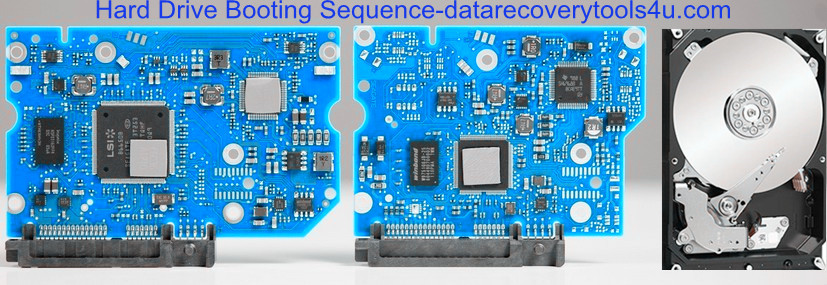Complete Hard Drive Booting Sequence Review
When a hard drive is dead, undetected or clicking, users need to repair it or get the lost data back. For this purpose, the very basic and first thing to do is to diagnose the hard drive and therefore, it’s quite necessary for users to learn how a hard drive works and what’s the hard drive booting sequence.
Hard Drive Booting Sequence
- Drive power on the PCB ROM returns status
- Drive self check
- Spindle motor spins up
- Heads are un-mounted from landing zone
- Servo reads the firmware stored in the ROM
- The firmware in the service area is read
- The firmware extensions are read
- If an error occurs during this process the back up copy of firmware is read.
Hard Drive Booting Sequence Review
- When a hard drive is powered on the first step is to check the drives electronic to see if it is functioning correctly.
- The drive performs a self check of all electronics components before continuing the boot process
- After the drive has performed the self check of all parts the command is issued to spin up the spindle motor
- When the drive spins up the air flow inside of the drive will allow the heads to move from the landing zone to the disk surface. The heads float over the top of the platters when in use
- In the initialization process the heads first read the sector servo mark to sync up with the sector servo
- If the drive can sync up with the sector servo the service area is read. The service area can only be access by specialized tools that are capable of reading and repairing the modules stored in the service area.
- The service area received damage to certain key modules. Reason being these modules are used most often when the drive is initialized.
- The service area is read and compared with the contents of the ROM. When the service area is read the drive reads the firmware and overlays that are necessary to initialize the drive so that the end user can see the data that is stored on the platters.
- The end user can not read the service area of the hard drive. The factor stores specialized commands and information about the disk in this area. The information is stored in modules and tracks of the service area.
From above reviews, users can see the key elements within the booting sequence are the ROM, heads, platters, SA and users can understand and diagnose with a clear mind and clue to find out the failure causes and then fix it in a correct and fast way.
Dolphin Data Lab is going to release more professional technique documents on hard drive repair and data recovery and users can also read more on its official website: http://www.dolphindatalab.com.


